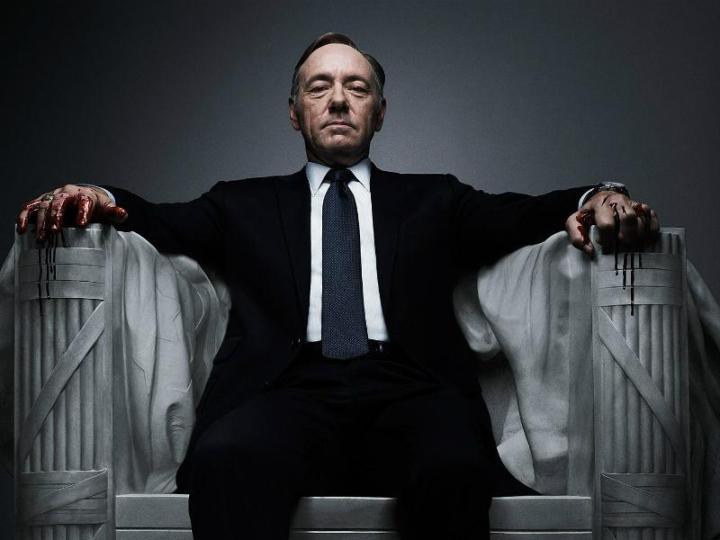
Two of the Nation’s biggest Multi-system Operators (MSOs) are laying the groundwork to sell episodes from Season One of Netflix’s popular series House of Cards. According to MultiChannel News, Comcast is in negotiations with Sony for the rights to sell the show via its on-demand DVRs now, and Verizon is already doing so through its EST service. The price for HD versions of aging House of Cards episodes in a non-Neflix world? A cool $3 each.
If you haven’t done the math yet, here it is all spelled out: To own all 13 episodes, you’d pay nearly five times the price of a monthly Netflix subscription. Awesome deal, right? Wait, though, if that’s too rich for your blood, you can also buy the standard def version from Verizon right now for $2 per show, costing just shy of three times the price of a monthly Netflix subscription for the season. Because, who doesn’t want to own SD digital copies of a show that will be available for unlimited streaming, virtually forever?
Ok, maybe we’re being too hard on Comcast and Verizon. After all, they certainly aren’t the first companies with the idea. Amazon sells the DVD combo pack of HOC’s first season for $20, and also sells digital episodes at the same price point mentioned above. Google Play sells the the first season for $2 per episode, and iTunes being iTunes, offers episodes priced at a whopping $3.50 each.
And of course, there’s the trouble Netflix has been having with its choked service speeds in many areas, which often dulls down the picture quality of its most popular shows like House of Cards, even causing some customers to lose the stream altogether. The issue became so prominent, Netflix recently caved in negotiations with none other than Comcast, paying the company to streamline its delivery process of its content, and it’s rumored that Verizon is next in line for the dividends.
Still, even putting all of that in context, it’s hard to imagine a large demographic buying these shows from any of the above services. One portion of viewers for which Verizon and Comcast’s plan is likely to appeal to, however, are those staunch diehards locked in the pre-streaming paradigm that help keep cable and satellite companies in business in the first place. For viewers who have never tried Netflix or other streaming services (or don’t have the Internet bandwidth to do so), and rely solely on their cable box for content, the move could spark interest in an entirely new audience. And we have little doubt that the revenue will be flowing – especially at these prices. These companies don’t make decisions like this based on a whim.
Even so, its hard not to snicker a bit at the news, especially for those of us deeply entrenched in the streaming lifestyle.
Ironically, as more viewers are turned on to the show, it only seems natural that some will become intrigued by the promise of the second season, as well as other gems they’ve neglected from big red, jumping into a monthly subscription themselves as proposed by Ava Seave of Forbes magazine.
As for Pay-TV operators, who recorded their first overall subscription net loss in history, you can almost feel the momentum shifting. And selling old TV content that premiered on the biggest threat to the cable industry’s aging archetype in the first place looks a little desperate.


